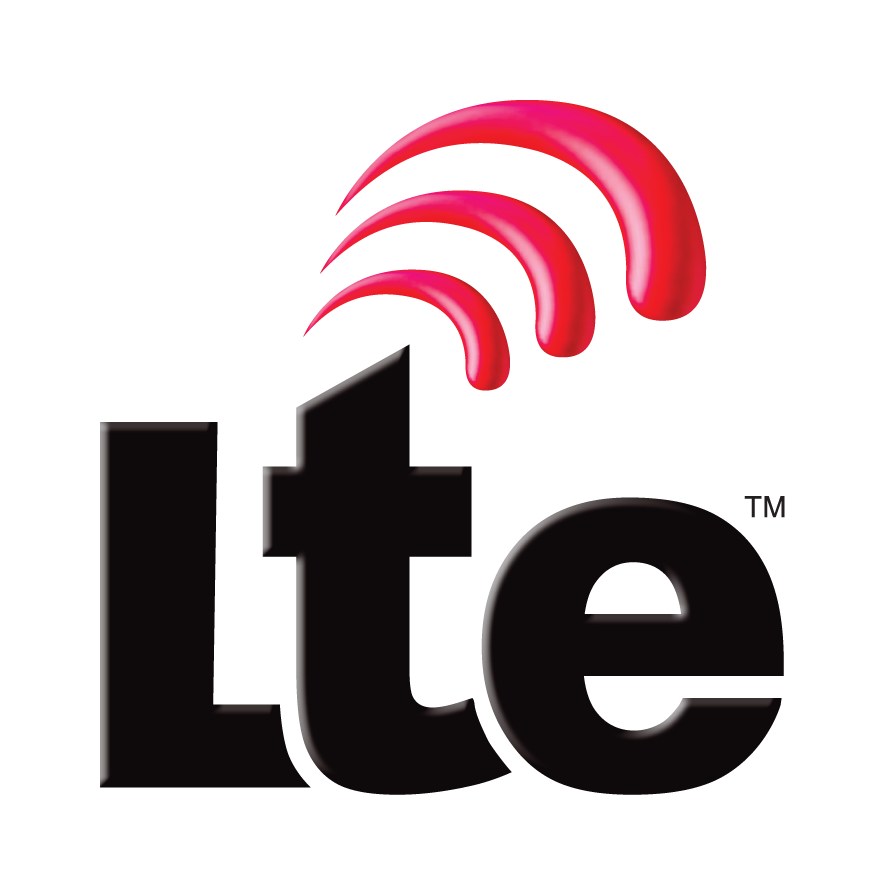We’ve already touched on how subscribers are authenticated to the network, how the network is authenticated to subscribers and how the key hierarchy works for encryption of user data and control plane data.
If the IMSI was broadcast in the clear over the air, anyone listening would have the unique identifier of the subscriber nearby and be able to track their movements.
We want to limit the use of the IMSI over the air to a minimum.
During the first exchange the terminal is forced to send it’s IMSI, it’s the only way we can go about authenticating to the network, but once the terminal is authenticated and encryption of the radio link has been established, the network allocates a temporary identifier to the terminal, called the Temporary Mobile Subscriber Identity (TMSI) by the serving MME.
The TMSI is given to the terminal once encryption is setup, so only the network and the terminal know the mapping between IMSI and TMSI.
The TMSI is used for all future communication between the Network and the Terminal, hiding the IMSI.
The TMSI can be updated / changed at regular intervals to ensure the IMSI-TMSI mapping cannot be ascertained by a process of elimination.
The TMSI is short – only 4 bytes long – and this only has significance for the serving MME.
For the network to ascertain what MME is serving what TMSI the terminal is also assigned a Globally Unique Temporary (UE) Identity (GUTI), to identify the MME that knows the TMSI to IMSI mapping.
The GUTI is made up of the MNC/MCC combination, then an MME group ID to identify the MME group the serving MME is in, a MME code to identify the MME that allocated the TMSI and finally the TMSI itself.
The decision to use the TMSI or GUTI in a dialog is dependant on the needs of the dialog and what information both sides have. For example in an MME change the GUTI is needed so the original IMSI can be determined by the new MME, while in a normal handover the TMSI is enough.

